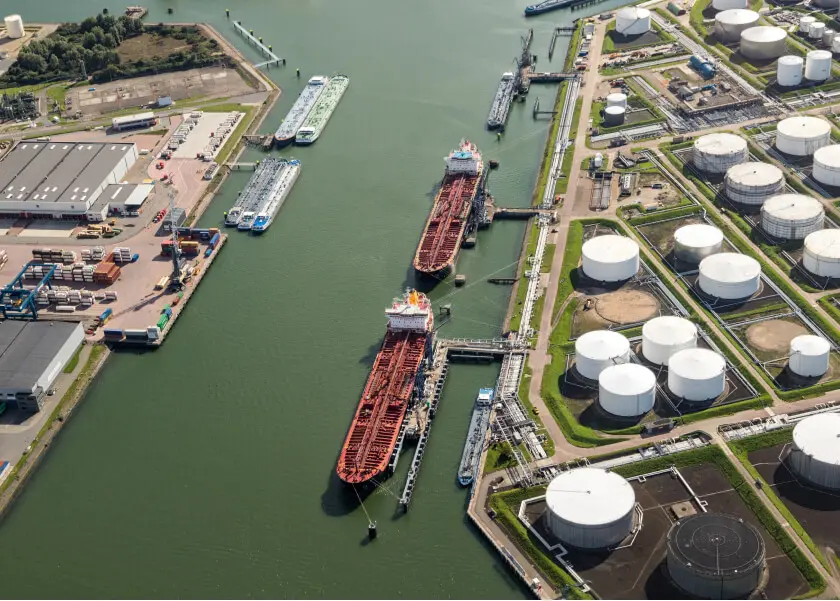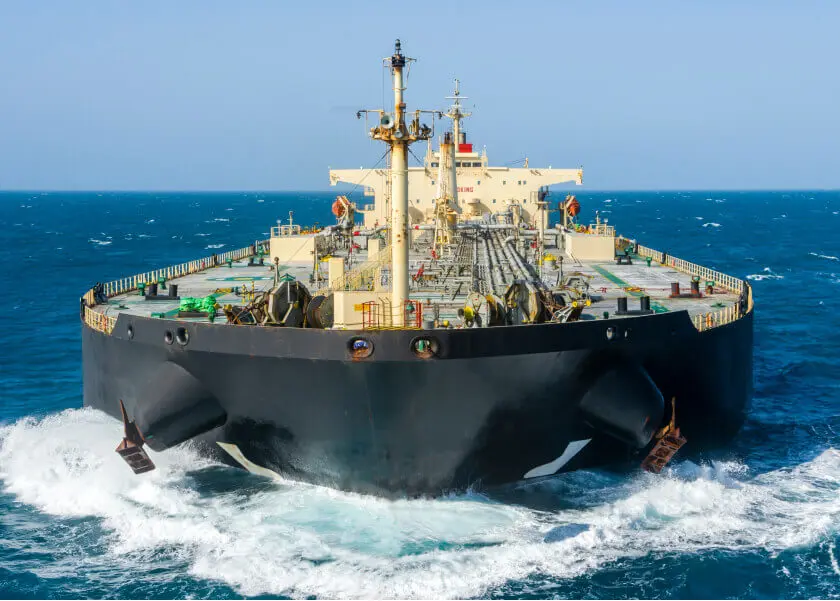When crude oil is refined, middle distillates make up between 25% and 40% of the oil products yield. Given the demand and higher value of middle distillates, however, heavier distillates are often cracked to increase the overall quantity of middle distillate produced.

Middle distillates are the term used to describe a range of refined products, which result from the separation of crude oil through fractional distillation, between lighter products (LPG and gasoline) and heavier products (fuel oil). Physically they are clear, colorless to light yellow, flammable liquids with between ten and twenty carbon atoms: shorter carbon chains than lighter distillates but longer than residual products.
They are known as middle distillates as they condensate during the refining process in the middle of the fractional distillation tank in the “middle” boiling range. They are drained from the column inside steams as two primary fractions from which sales products with defined properties are cut:
The finished petroleum products are created through further refining processes and blending various components (hydrocarbon blend stocks ranging from butane to heavy naphtha) which could have different compositions depending on the crude oil selected.
The average yield of middle distillates is about 40% of the volume of crude oil; taking into account gasoil produced from breaking the hydrocarbon chains of residual fuels through catalytic or thermal cracking. This percentage has significantly increased over the decades in tandem with the advancement of technology.
Traders typically specialize in one or more oil derivatives from the same distillates group. Middle distillates trader for example could trade in a few middle distillate’s products such as diesel and jet fuel or across the whole middle distillate spectrum. Some traders also trade across other categories such as light end products or residual fuels.
Oil products are transported from the refinery to be blended and stored before entering the retail market and reaching final consumers.



505 Main St East, Milton, ON, Canada